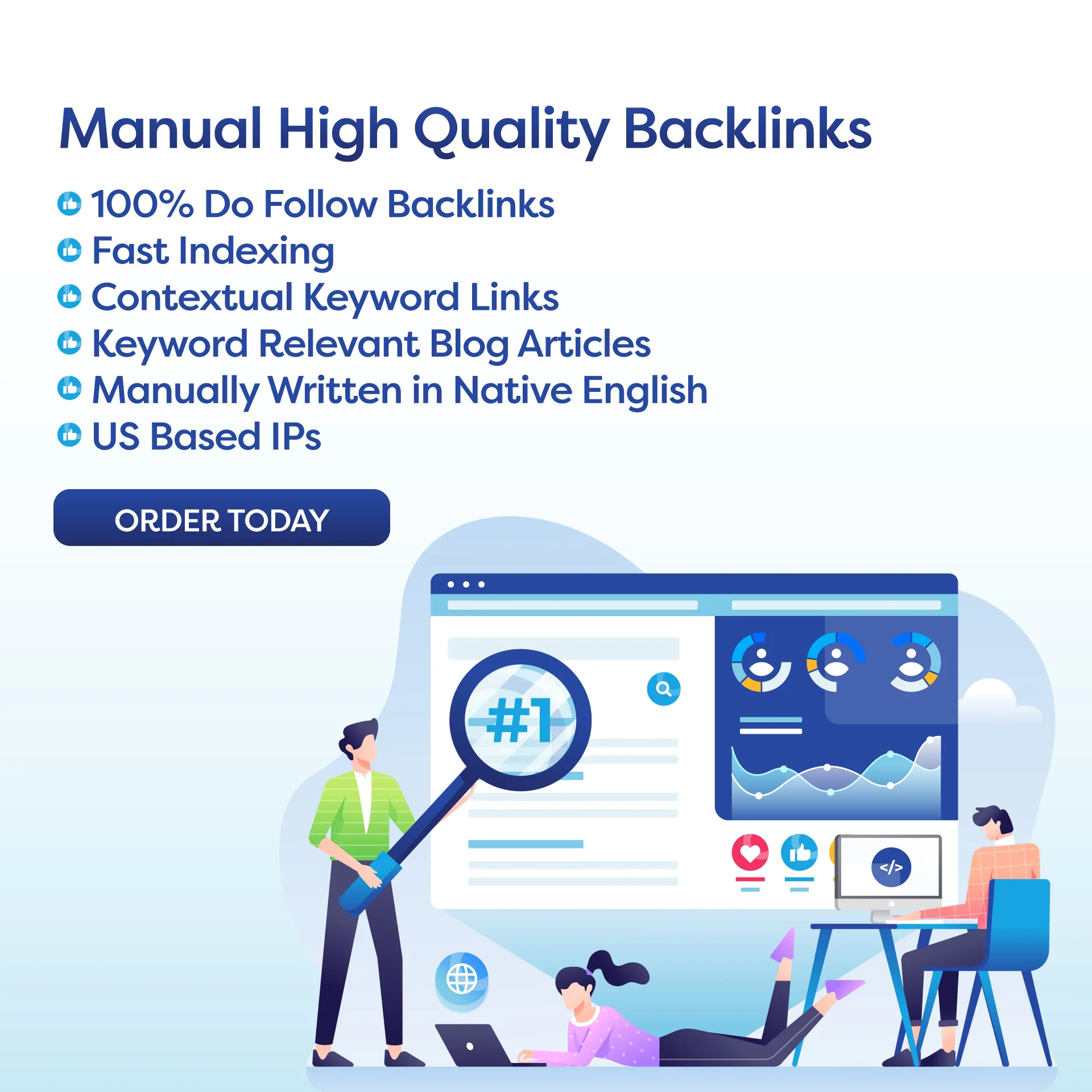Content and keyword optimization are crucial for improving SEO rankings and driving organic traffic to a website. It involves crafting high-quality content and strategically using keywords to increase visibility in search results. Key takeaways include understanding the importance of optimization, researching and identifying the right keywords, best practices for incorporating keywords effectively, the impact of quality content on rankings, and developing an action plan for success. By conducting keyword research, differentiating between long-tail and short-tail keywords, strategically placing keywords, and focusing on quality content, beginners can optimize their websites for SEO success. Regular monitoring and optimization are essential for long-term results.
Title: The Beginner’s Guide to Content and Keyword Optimization for SEO
Excerpt: Learn the essentials of content and keyword optimization to boost your SEO rankings and drive more organic traffic to your website.
Introduction:
Welcome to the world of SEO! As a beginner, you may be overwhelmed by the vast amount of information available on how to optimize your website for search engines. One of the key components of SEO is content and keyword optimization. By crafting high-quality content and strategically using keywords, you can improve your website’s visibility in search results, attract more visitors, and ultimately increase your online presence.
Key Takeaways:
1. Understand the importance of content and keyword optimization in SEO.
2. Learn how to research and identify the right keywords for your content.
3. Discover best practices for incorporating keywords into your content effectively.
4. Explore the impact of quality content on SEO rankings.
5. Develop an action plan for optimizing your content and keywords for SEO success.
Key Point 1: Importance of Content and Keyword Optimization in SEO
Subheadings:
– What is content and keyword optimization?
– Why is content and keyword optimization important for SEO?
Content and keyword optimization play a crucial role in improving your website’s visibility in search results. By creating high-quality content that is optimized for specific keywords, you can increase your chances of ranking higher in search engine results pages (SERPs) and attracting more organic traffic to your site. Understanding the basics of content and keyword optimization is essential for SEO beginners looking to make their mark online.
Content and keyword optimization involve conducting research to identify relevant keywords that your target audience is searching for and strategically incorporating them into your content. By doing so, you can signal to search engines what your content is about and increase the likelihood of your website appearing in relevant search results. Additionally, optimizing your content for keywords can help improve the user experience by providing valuable and relevant information to your visitors.
Key Point 2: Researching and Identifying Keywords for Your Content
Subheadings:
– Keyword research tools
– Long-tail vs short-tail keywords
Keyword research is a critical step in content optimization as it helps you understand what your target audience is searching for online. There are various keyword research tools available that can help you identify relevant keywords that have high search volumes and low competition. By using these tools, you can gain insights into popular search terms in your industry and optimize your content accordingly.
When conducting keyword research, it’s important to differentiate between long-tail and short-tail keywords. Long-tail keywords are more specific and have lower search volumes, but they also have less competition. On the other hand, short-tail keywords are broader and have higher search volumes, but they are more competitive. By targeting a mix of both long-tail and short-tail keywords in your content, you can increase your chances of ranking for relevant search queries.
Key Point 3: Best Practices for Incorporating Keywords into Your Content
Subheadings:
– Keyword placement
– Keyword density
Once you have identified the right keywords for your content, it’s essential to strategically incorporate them into your copy. A good practice is to include your primary keyword in the title, meta description, headings, and throughout your content to signal to search engines what your content is about. Avoid keyword stuffing, as this can negatively impact your SEO rankings and user experience.
Keyword density refers to the number of times a keyword appears in your content relative to the total word count. While there is no specific rule for keyword density, aim for natural and seamless integration of keywords into your content. Focus on creating high-quality, informative, and engaging content that resonates with your audience while also optimizing it for relevant keywords.
Key Point 4: Impact of Quality Content on SEO Rankings
Subheadings:
– Importance of high-quality content
– User engagement and SEO
Quality content is a key driver of SEO success. Search engines prioritize websites that provide valuable and relevant information to users, so creating high-quality content should be at the forefront of your SEO strategy. Invest time and effort into producing well-researched, original, and engaging content that meets the needs of your target audience.
User engagement metrics such as time on page, bounce rate, and social shares are indicators of how well your content is resonating with users. By monitoring these metrics and making adjustments to your content strategy, you can improve your SEO rankings and increase organic traffic to your website. Focus on creating content that not only ranks well in search results but also delights and informs your audience.
Action Plan:
1. Conduct keyword research using tools like SEMrush or Google Keyword Planner to identify relevant keywords for your content.
2. Develop a content calendar that incorporates targeted keywords into your blog posts, articles, and website copy.
3. Monitor your SEO performance using tools like Google Analytics to track keyword rankings, organic traffic, and user engagement metrics.
4. Regularly update and optimize your content based on keyword performance and user feedback to improve your SEO rankings over time.
Conclusion:
Content and keyword optimization are essential components of a successful SEO strategy. By understanding the significance of content and keyword optimization, conducting thorough keyword research, incorporating keywords effectively into your content, and prioritizing quality content, you can improve your website’s visibility in search results and attract more organic traffic. Remember to continually monitor and optimize your content based on SEO best practices to achieve long-term SEO success.
FAQ:
Q: What is the difference between long-tail and short-tail keywords?
A: Long-tail keywords are more specific and have lower search volumes, while short-tail keywords are broader and have higher search volumes but are more competitive.
Q: How can I avoid keyword stuffing in my content?
A: Focus on natural and seamless integration of keywords into your content, and prioritize creating high-quality and engaging content that resonates with your audience.

